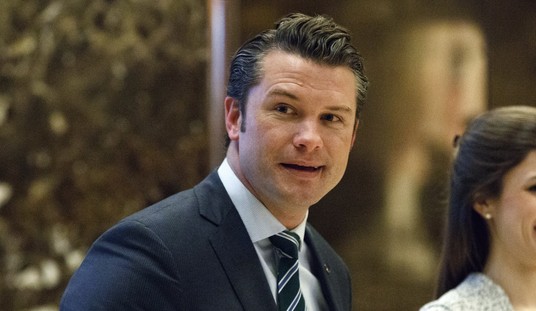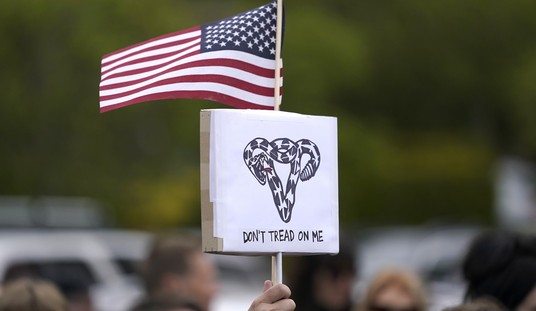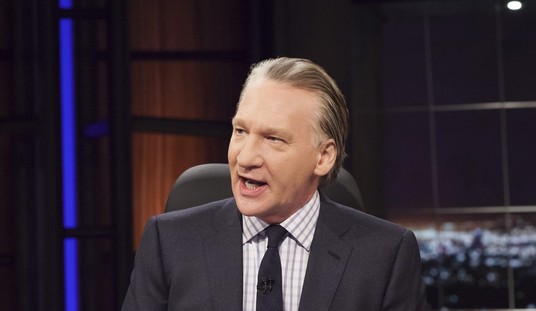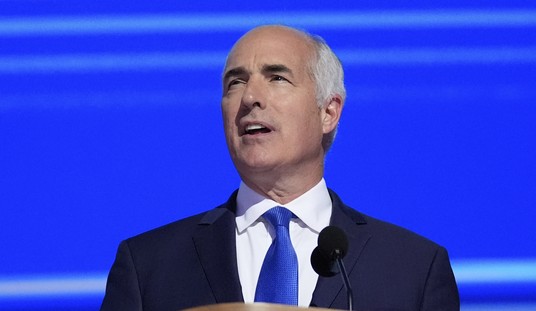One thing nearly everybody agrees upon is that the "sequester" is a silly sideshow to the real challenge facing America: unsustainable spending on entitlements. Ironies abound. Democrats, with large support from young people, tend to believe that we must build on the legacy bequeathed to us by the New Deal and the Great Society. Republicans, who marshaled considerable support from older voters in their so-far losing battle against Obamacare, argue that we need to start fresh.
Perhaps it's time for both sides to consider an underappreciated fact of American life: The system we are trying to perpetuate was created for the explicit benefit of the so-called greatest generation, the most coddled and cared for cohort in American history.
I don't mean to belittle or demean the heroic efforts and sacrifices of those who served in World War II. But the idea that a whole generation deserves credit for what only some did is little more than an attempt to buy glory on the cheap. One of the egalitarian precepts that all Americans are supposed to subscribe to is the idea that one citizen isn't more worthy than another, simply by accident of birth. If you stormed the beaches of Normandy, you are due praise and honor. If you were simply born the same year as those who stormed the beaches, you're no more deserving of praise than someone born of any other generation.
Moreover, government was bending to the needs of the greatest generation -- for good and ill -- long before they did anything great. Historians William Strauss and Neil Howe made this argument in their famous 1991 opus "Generations." Before Tom Brokaw dubbed them the "greatest generation," Howe and Strauss called them the "GI Generation."
Recommended
"The initials GI can stand for two things -- 'general issue' and 'government issue' -- and this generation's life cycle has stood squarely for both," they wrote. "The GI life cycle has shown an extraordinary association with the growth of modern government activity, much of it directed toward whatever phase of life they occupied."
When GIs were children, the White House held its first Conference on Children, and Congress created the first U.S. Children's Bureau and passed the first federal child labor law. They benefited from government-run schools in large numbers, and after the war from the aptly named GI Bill. And when the first wave of GIs approached old age, Howe and Strauss noted, the White House held its first Conference on Aging. Congress created the National Institute on Aging and passed the first federal age discrimination law.
"The entire modern growth in government spending has coincided with the duration of their adult life cycle," the authors noted.
Also, the GI Generation was deferential to authority long before anyone was asked to fight the Nazis. It was the most "uniformed generation" in U.S. history, the historians wrote. Nearly all the scouting organizations -- Boy Scouts (1910), Girl Scouts (1912), 4-H Clubs (1914) -- were launched to accommodate the GI.
Despite nostalgia for the New Deal, people forget how militaristic it was. President Franklin D. Roosevelt conceived of the New Deal as a "moral equivalent of war" effort and promised to use the tactics of World War I to fight the Depression. Nearly all the New Deal agencies were modeled on the war agencies of the Wilson administration. The Civilian Conservation Corps turned 3 million men into a paramilitary "tree army."
The National Recovery Administration, run by former general Hugh "Iron Pants" Johnson, aimed to organize the economy along the lines of war mobilization. On Sept. 13, 1933, he organized the largest parade New York had ever seen. Tens of thousands of workers marched in military fashion celebrating the mascot of the NRA, the "Blue Eagle." Similar militaristic pageants were held across the country.
FDR explained the purpose of the Blue Eagle in a fireside chat: "In war, in the gloom of night attack," he crooned, "soldiers wear a bright badge on their shoulders to be sure that comrades do not fire on comrades. On that principle, those who cooperate in this program must know each other at a glance. That is why we have provided a badge of honor for this purpose."
I have neither the space nor the inclination to pronounce on what was good or bad about all this. But as Washington grapples with the legacy costs of the "greatest generation" -- including the unsustainable burden of paying the retirement bills for the GIs' supremely entitled children, the Baby Boomers, perhaps it is at least worth recognizing that the government and the culture designed to benefit one generation has come at the cost of those that come after it.























Join the conversation as a VIP Member